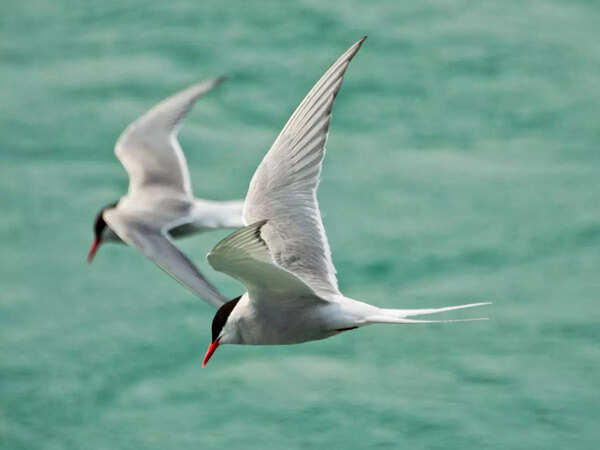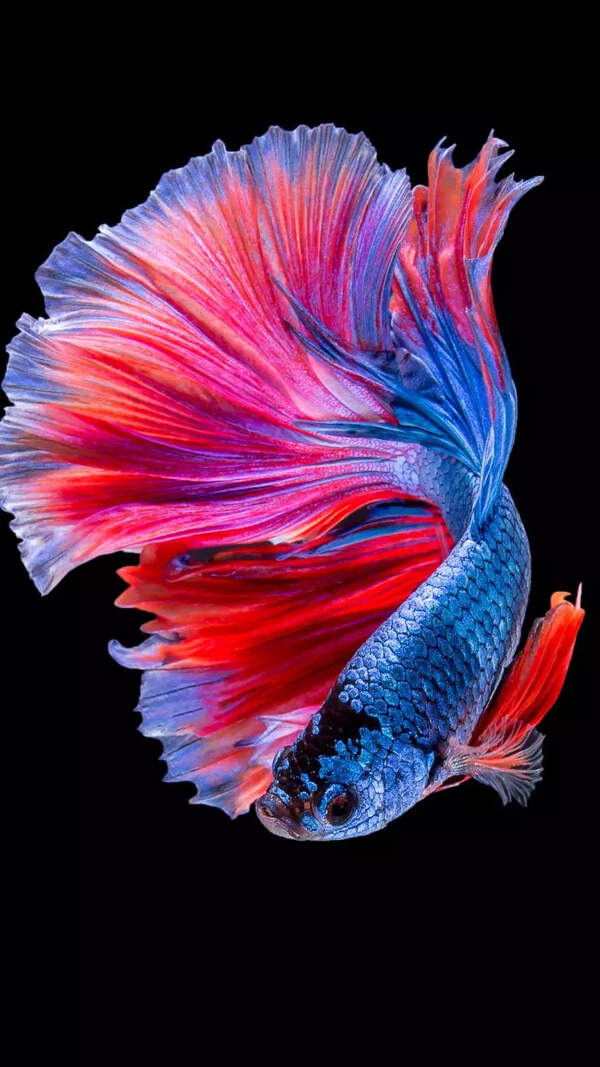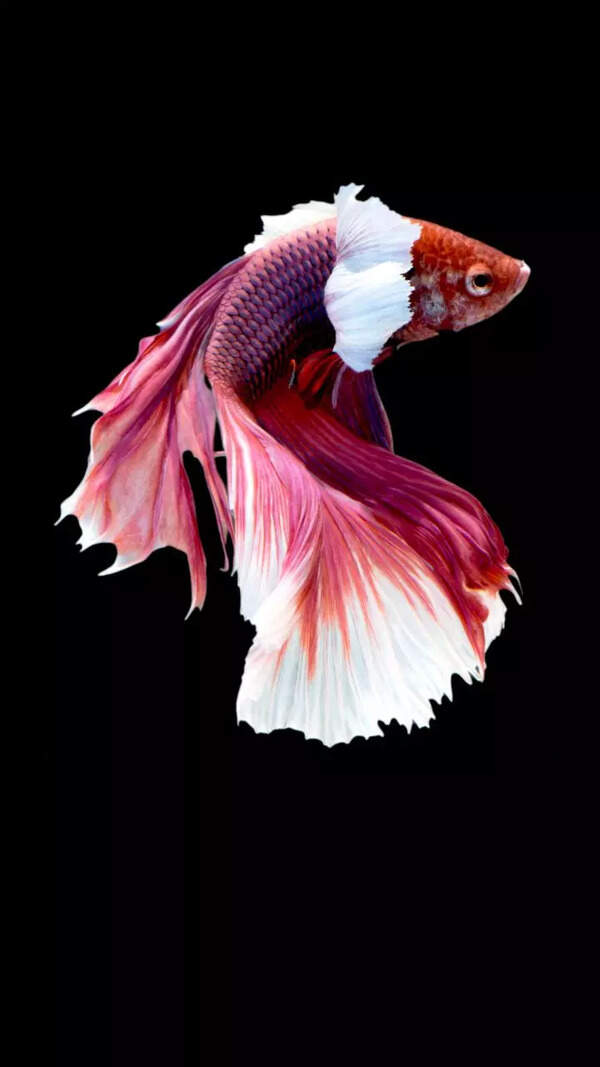- News
- Scientists gave ants caffeine—what happened next would blow your mind
Scientists gave ants caffeine—what happened next would blow your mind
Argentine ants, notorious for their widespread colonies and displacement of native species, pose a significant challenge. Scientists discovered that small doses of caffeine can significantly improve their learning and memory, enabling them to locate food sources more efficiently. This enhanced recall leads to stronger chemical trails, attracting more ants to the bait, potentially improving pest control strategies.
Ants might be tiny, but they cause big problems. These little insects are smart, quick, and super organized. They travel across the world hidden in cargo ships, build huge colonies, and push out local bugs and animals.They’re not just in your kitchen—they’re everywhere.One of the worst offenders is the Argentine ant (Linepithema humile). It’s only about one-tenth of an inch long, but it builds massive colonies that stretch for thousands of miles, especially along the U.S. and Mediterranean coasts.These ants can:Push out native insectsRob hummingbird feedersEven cause electrical problems by crawling into wires

How the experiment worked
The scientists built a tiny “ant course” using Legos and a plastic platform. Each ant walked across the platform to find a drop of sugar water. Some sugar drops had no caffeine, while others had low, medium, or very high levels of caffeine.They watched 142 ants, and each one did the course four times.Without caffeine, the ants walked around slowly and didn’t improve.With a small or medium dose of caffeine, the ants remembered where the sugar was. They walked straighter and found it faster each time.


What about too much caffeine?
At the highest dose (2,000 ppm), the ants didn’t improve at all. In fact, it might even be dangerous to helpful bugs like bees.So the key is using just the right amount—not too much, not too little.“The lowest dose we used is what you find in natural plants, the intermediate dose is similar to what you would find in some energy drinks, and the highest amount is set to be the LD50 of bees, where half the bees fed this dose die,” Galante said.Ants use chemical trails to lead their nest-mates to food. When one ant finds bait and remembers the way quickly, it lays a stronger trail, and more ants follow. The team is already testing caffeinated bait in Spain. They also plan to see how it works with regular poisons like spinosad and hydramethylnon.End of Article
Follow Us On Social Media










